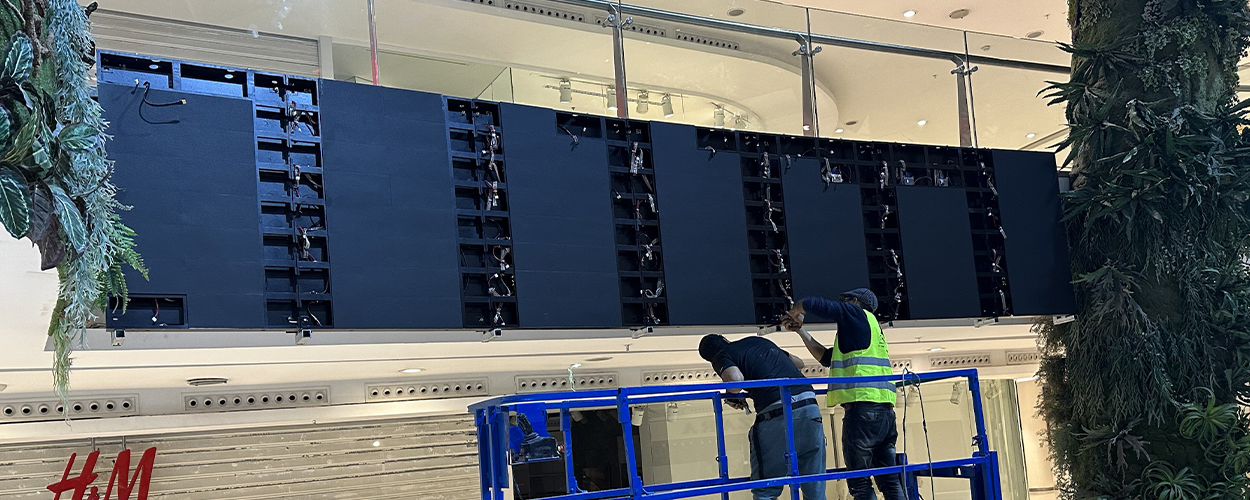In previous articles, we shared how to choose a display screen that suits your needs. After successful installation and use, we need to learn how to maintain the display screen. With the arrival of autumn, the temperature gradually drops, and the humidity increases. which poses new challenges to the maintenance and upkeep of LED displays. In this blog, we will discuss in detail how to maintain LED displays in autumn and winter to ensure their performance and longevity.
1. Power Supply And Low Temperature Starting Problems
For example, in Russia or Canada, the winter temperature can be as low as -30 degrees, and ordinary power supplies cannot start normally when the temperature is below -20 degrees, because the liquid medium in the electrolytic capacitor will solidify at low temperatures. In order to solve this problem, you can consider using a special power supply or heating device to ensure the normal operation of the power supply of the LED display.
2. Choose High-Quality Plastic Parts
LED displays are usually composed of plastic parts, such as LED module kits, bottom cases, and masks. Make sure that these plastic parts are made of high-quality raw materials to prevent the screen surface from deforming due to thermal expansion and contraction.
3. Static Electricity Management
Static electricity may cause damage to the LED display, not only reducing its life but also causing discharge breakdown of internal electronic components. Use a grounding wire to transmit static electricity to the earth, and workers should wear an electrostatic bracelet when operating the display to prevent static electricity from causing damage to the screen.
4. Prevent Condensation
Condensation is a major threat to outdoor LED displays, especially in humid environments. To prevent condensation from damaging the display screen, you can choose a display screen with a waterproof coating to reduce water vapor corrosion on the PCB board and module.
5. Temperature Management
The operating temperature of LED displays is usually between -20°C and 60°C, and low temperatures may affect the performance of semiconductor components. In extremely cold conditions, avoid lighting up the LED screen and consider adding a heating device to the display to maintain proper operating temperature.
SRYLED products fully consider the various problems encountered in the application environment of the product, and each production process has reached the point of precision, detail, and skill. SRYLED Outdoor 3D Advertising LED Screen series of cabinets can adapt to extreme weather environments, and their temperature value is -40 °C- 80°C.
6. Regular Inspection And Maintenance
Regularly check the cables, connecting parts, and electronic components of the LED display to ensure that everything is functioning properly. Regular maintenance can extend the life of your display and reduce the risk of damage.
To sum up, the maintenance and upkeep of LED displays in extremely cold conditions is crucial. Selecting high-quality materials, managing static electricity, preventing condensation and regular maintenance are key steps to ensure that LED displays function properly in extremely cold environments. By following these guidelines, you can extend the life of your LED display and ensure it provides superior performance in harsh weather conditions.
Post time: Sep-14-2023








